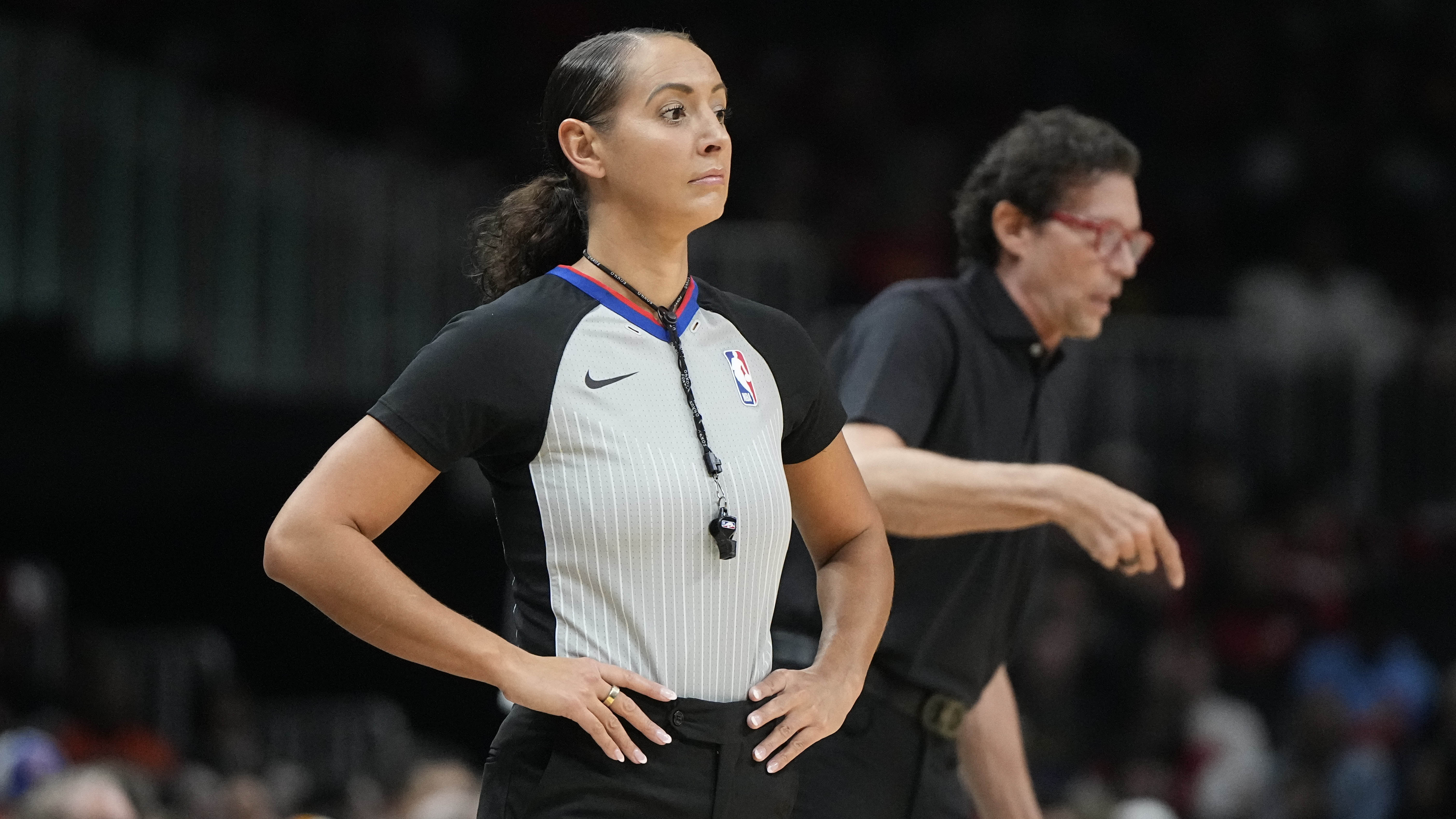Jim Boylen was specific during one portion of his introductory press conference on Monday, noting three areas where he believes the Bulls must improve.
“Main issues. Well, we’re 27th, I think, in defensive rebounding. We have been in a number of games in the last possession where we haven’t gotten the ball that we needed to get. So that’s a point of emphasis that we’re working on. We are not going to Band-Aid. We’re going to work on it every day. So that’s one.
"Transition defense is two. And then offensive execution. The items within the play we need to improve at: screening, passing, cutting. Those aren’t things that weren’t emphasized with Fred. Fred emphasized that too. But we have to grow. Our physicality needs to improve. Our attention to detail needs to improve. Our team’s 24.5 years old – were the second youngest team in the league – we can’t use that as an excuse.”
Let’s analyze those three areas Boylen mentioned.
Defensive rebounding
We’ll actually give the Bulls a pass on this one. They’re missing Lauri Markkanen and Bobby Portis in the frontcourt, and Kris Dunn is one of the better rebounding point guards in the NBA.
Still, the Bulls have allowed teams to keep plenty of possessions alive this season. Their 71.9 percent defensive rebounding rate is 10th worst in the NBA. That’s not as big an issue as it has been late in games, which is what Boylen referenced on Monday.
NBA
That defensive rebounding percentage dips to 67.2 percent in clutch situations, defined by the NBA as a five-point difference or closer in the final 5 minutes of a game. In the last 2 minutes of a “clutch” game their defensive rebound percentage falls even lower, to 58.3 percent. And in the final 1 minute, it’s 50 percent.
Boylen knows what he’s talking about. The Bulls struggle down the stretch rebounding the basketball. It’s an area they need to get better in, and will be better in when Markkanen, Dunn and Portis return.
Transition defense
Offensive rebounding in the NBA has declined rapidly in recent years. The main reason that’s been the case is teams are understanding the importance of transition points, and subsequently the importance of getting back on defense to prevent them. Though it’s likely not entirely on purpose, the Bulls ranking last in the NBA in offensive rebounding percentage should actually help them get back defensively.
The Bulls are actually doing a solid job of keeping teams from getting out and running. They allow transition opportunities to their opponents on just 15 percent of possessions, the ninth fewest in the NBA. That’s the good news. The bad news is what happens when teams are able to run.
In that regard, opponents’ 55.1 percent scoring frequency against the Bulls is the fifth highest in the NBA. To put that in perspective, the Hornets lead the NBA in that category at 42.3 percent.
So while the Bulls have made it a priority to get back defensively, it’s those minor mental lapses that allow teams to thrive against them in those situations. Again, attention to detail and more energy will be a calling card of Boylen’s teams. That should mean more effort getting back in transition.
Offensive execution
This one’s a little bit more vague, but perhaps that’s the point. There really isn’t any legitimate offensive statistic that shows the Bulls have been good on that end of the floor this season. They’re 29th in efficiency, last in the NBA in offensive rebounding percentage, 28th in effective field goal percentage, 21st in turnover percentage and 23rd in assist-to-turnover ratio. There are 30 teams in the NBA, by the way.
By any metric the Bulls have been bad, and Lauri Markkanen (and later Kris Dunn and Bobby Portis) returning to the lineup isn’t LeBron James returning to the Cleveland Cavaliers. It’s going to get worse before it gets better, but the execution part of Boylen’s answer is noteworthy.
Last year the Bulls were 8th in the NBA in assist percentage (60.7%), meaning six of every 10 made field goals were assisted. That number is down this season to 57.6 percent. Some of that can be attributed to Dunn’s absence and the fact that Zach LaVine has had to play some serious hero ball in the first quarter of the season.
Then again, it could be that the Bulls simply aren’t running plays right. Maybe that’s part of the reason Paxson said energy and competitive spirit has disappeared. Perhaps there was a lack of effort, too, on the offensive end that’s led to such inefficiency. Boylen is a defensive-minded coach but will be tasked with improving the offense just as much.


